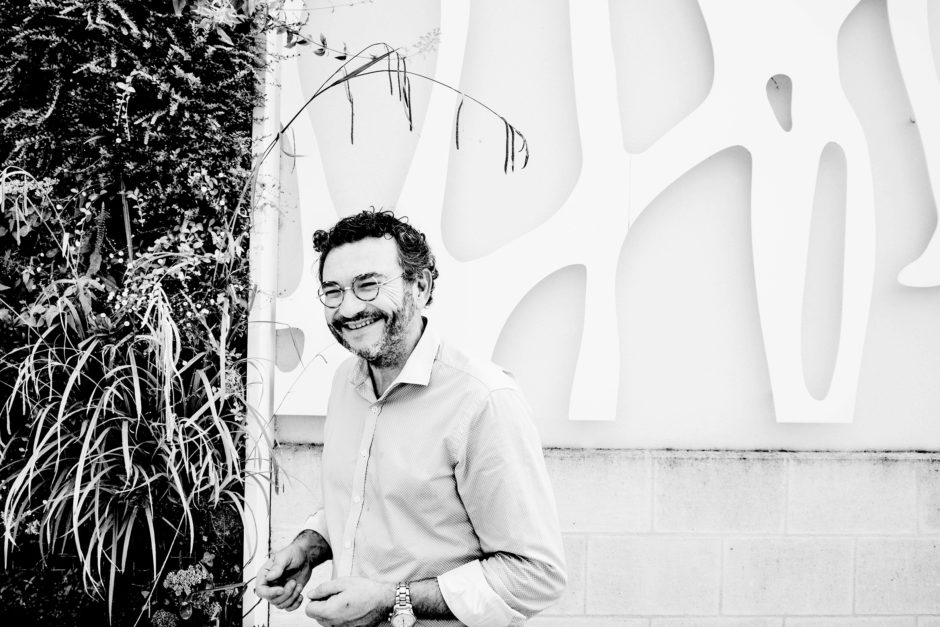06th Jul 2022
Straight to the point, La Pointe is a solid expression of Pomerol that remains well-priced (for the moment). On an upwards swing, it’s worth taking advantage of the latest releases, especially 2018, 2019, and 2020.
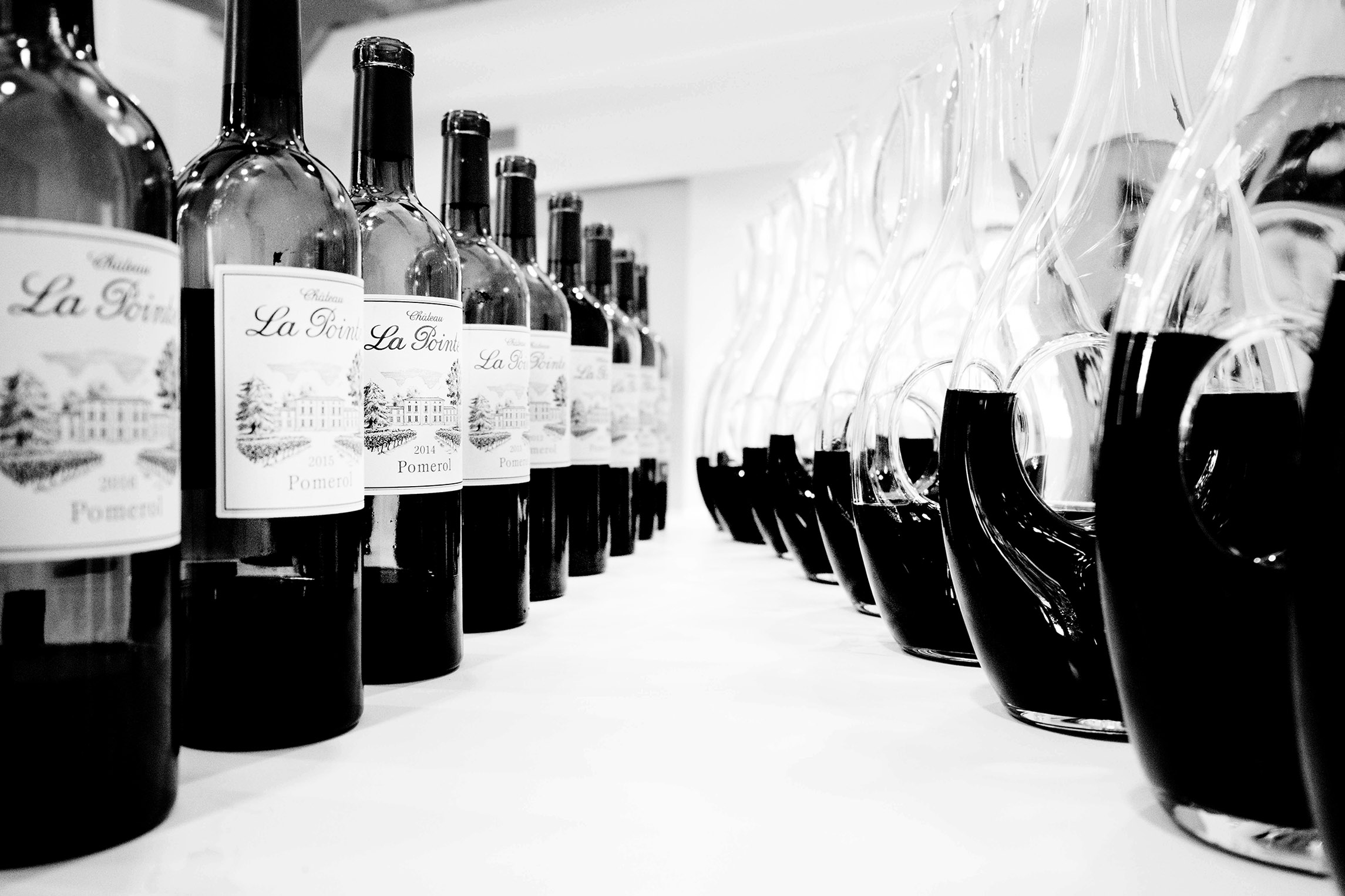
Straight to the Point
One of the largest properties in Pomerol, La Pointe is nonetheless small by Bordeaux standards. At 23 hectares, it is a big fish in the small Pomerol sea. Curiously, the shape of the vineyard ends in a sharp triangular point, having remained so for more than a century, hence the name. This was a family-owned estate until 2007, but, like many estates that have been in families for generations, it needed fresh eyes and a fresh approach to farming to realize the potential of some of its more challenging soil profiles, using modern methods.
Recent improvements to the vineyard management can be seen in the ripeness of tannins and fruit intensity, offering downright delicious drinking and greater aging potential.
The soils at La Pointe are varied, consisting of sand, gravel, and clays. The backbone of most great Pomerols is clay, with a few notable exceptions such as the gravel section of Lafleur, which is therefore planted to Cabernet Franc (Bouchet) rather than Merlot. Vineyards with considerable sand content, such as La Pointe, often struggle to ripen tannins and produce wines of real density. Thus, these outliers are usually swept under the carpet. Farming geared toward high yields can exacerbate the problem, as has been the case at the estate for many years.
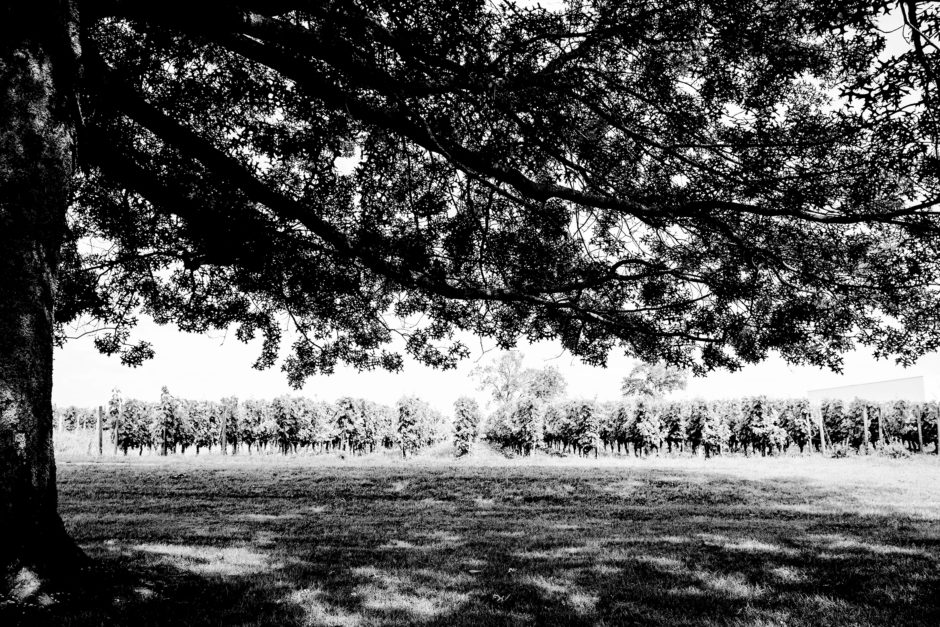
In 2007, La Pointe was purchased by Generali France, a French insurance company with a long-term view on their investment. That same year, Eric Monneret was coaxed away from Château Raymond-Lafon in Sauternes to be the general manager at this estate, his first full vintage being 2008.
Monneret swiftly set about managing the vineyard more precisely, focusing on understanding the differing soil types, farming these distinctly, and, where necessary, replanting sections over to different varieties and with greater vine density, although maintaining the emphasis on Merlot (over 80% of the plantings) and therefore the overall style of the wine. Most importantly, Monneret encouraged the microbiology of the soils to flourish by doing away with pesticides and herbicides. He also stopped plowing and introduced cover crops. Meanwhile, average yields have been reduced by almost half.
In 2009, a new vat room was finished in time for harvest. The large concrete vinifying vats were repurposed and adapted to decrease the size to almost half, allowing for the fermentation of smaller lots corresponding to the smaller vineyard plots and yields.
Monneret arranged a tasting of vintages before and after his changes to the estate, starting with the 2004 and 2005 made by the previous owners. No 2017 was produced due to the frost, but from 2018 the increase in the density of the wines and the plusher texture of the tannins is striking. These latest vintages offer fantastic value (generally under $50/bottle) and are highly recommended.
-
Article & Reviews by Lisa Perrotti-Brown MW
Photographs by Johan Berglund

PRODUCERS IN THIS ARTICLE
> Show all wines sorted by scoreMore articles

Pilcrow’s New Releases
18th Apr 2024
7 tasting notes
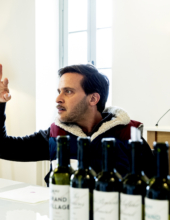
Bordeaux 2023 Primeurs Photo Essay
18th Apr 2024
0 tasting notes

Harlan Estate, BOND, Promontory 2021 and 2011
11th Apr 2024
14 tasting notes
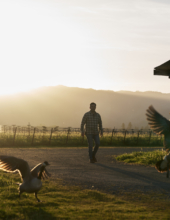
Favia 2012-2021
04th Apr 2024
17 tasting notes
Show all articles
